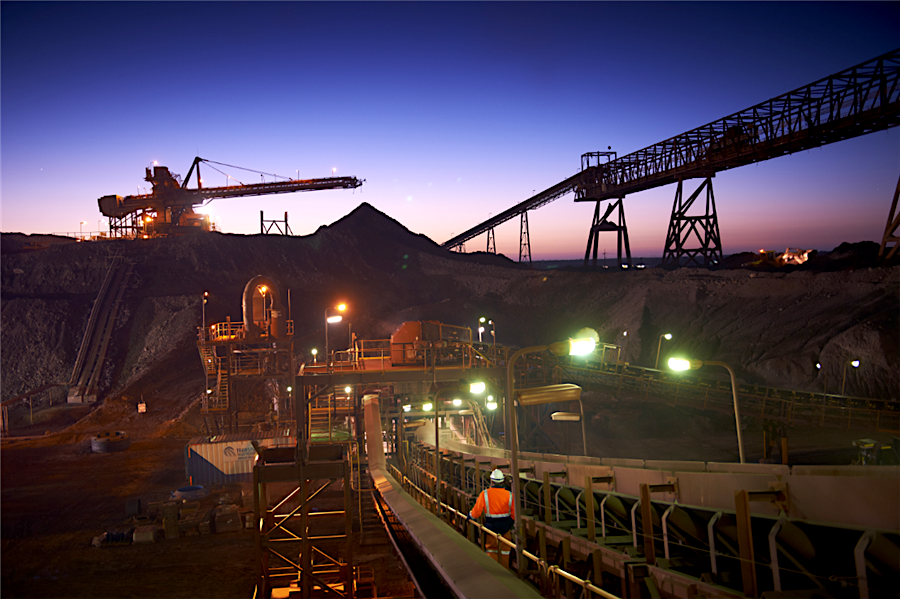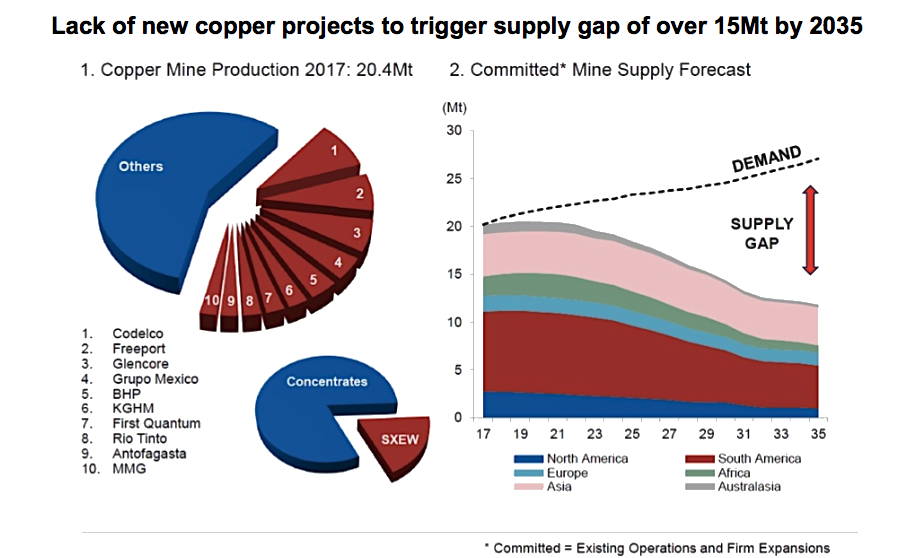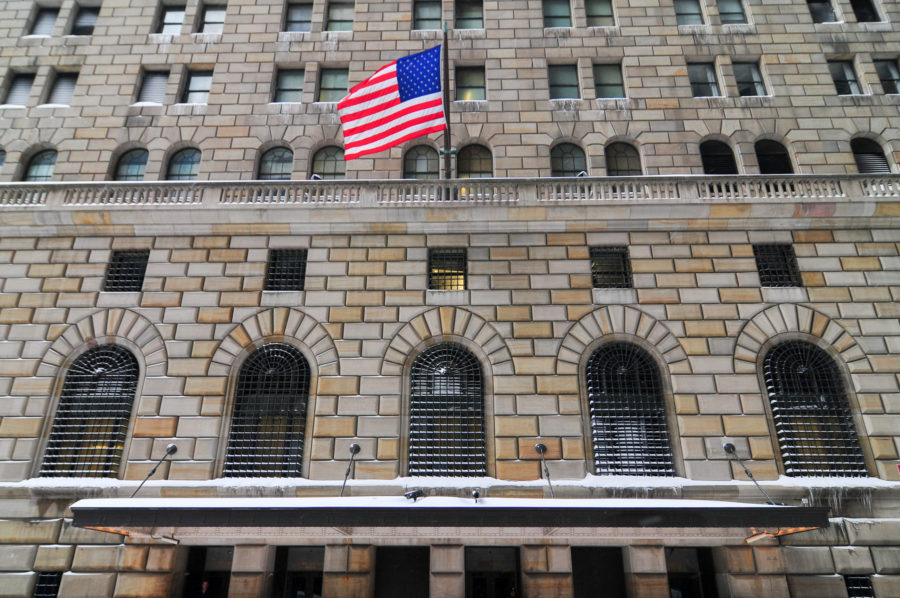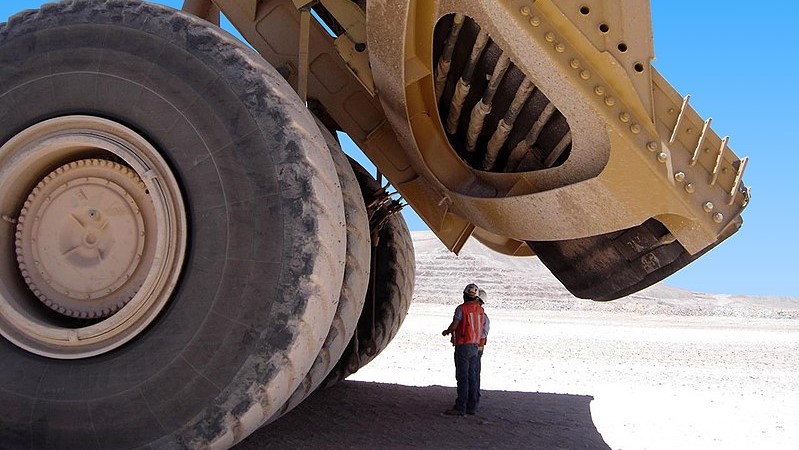BHP unveils world-class copper find near Olympic Dam in South Australia

BHP, (ASX, LON, NYSE: BHP) the world’s number one miner, today made an exceptionally rare public disclosure of drilling results from a very early-stage exploration program in South Australia, which is already being called by some experts “the thickest high-grade copper intersection seen in years.”
The mining giant identified an iron oxide, copper, gold (IOCG) mineralized system located 65 km southeast of Australia’s largest reserve of copper and uranium ore, its Olympic Dam operations.
As part of the company’s ongoing copper exploration program, four diamond drill holes, totalling 5,346 m, intersected graded 3.04% copper, 0.59 grams per tonne gold, 346 parts per million uranium and 6.03g/t silver.
Within the 425.7 metre-intersection BHP detected a higher-grade 180m interval comprising 6.07% copper, 0.92g/t gold and 401ppm and 12.77g/t silver.
Other significant results were 406m at 0.66% copper, 0.35g/t gold, 266ppm uranium and 2.09g/t silver, and 124.5m at 0.52% copper, 0.48g/t gold, 85ppm uranium and 3.37g/t silver.

Graph courtesy of Hamish Sampson | Analyst at CRU’s Copper Team.
Unlike most miners, which slashed exploration budgets during the downturn that ended in 2016, BHP kept its copper exploration budget steady at an average of $60 million annually over the last four-to-five years, out of its overall budget for exploration of around $1 billion.
The idea behind the push for copper exploration and expansions is to be ready to meet electric vehicles sector’s rising demand for the metal, which is forecast to be undersupplied by 2019.
Copper is a key component of the motors used in electric vehicles, in the power inverters and in the charging infrastructure needed to keep the vehicles running.
Colin Hamilton, managing director of commodities research at BMO Capital Markets told MINING.com earlier this year that the supply deficit will be partly caused by deteriorating ore grades in major producing countries, lack of new significant discoveries, low investment in exploration, the lack of mega-projects coming on stream before the mid-2020s and by global production peaking in the second half of next year.
Stepping up the search
BHP, already the world’s second-biggest listed copper miner, has taken steps towards increasing its presence in the market. Last year, the company said it would spend $2.5 billion to extend the life of its Spence mine in northern Chile by more than 50 years.
That announcement followed the mining giant’s decision last year to raise its annual exploration spending by 29%, allocating nearly all of its $900 million budget to finding new copper deposits to add to a portfolio that includes Escondida in Chile, the world’s biggest copper mine, and the Olympic Dam.
In October, BHP nearly doubled its stake in SolGold (LON, TSX: SOLG), which is developing the Cascabel copper-gold project in Ecuador, 180 km north of the capital Quito.
BHP has also targeted tier-one copper deposits in Canada, Peru and the south west of the United States.
“Copper and oil are the main focus of BHP’s exploration programs in order to replenish our resource base and enhance our portfolio,” the company said in a statement.
The miner said it planned its next drilling program in the Olympic Dam area early next year to unlock the massive discovery just unveiled.
More News
German politicians fret over gold reserves held in the US
About 37% of Germany's gold (roughly 1,236 tonnes) are held in vaults of the New York Federal Reserve.
March 31, 2025 | 09:41 am
Codelco regains title as world’s top copper producer
Chile’s state-owned miner produced 1.44 million tonnes of copper last year.
March 31, 2025 | 08:19 am
{{ commodity.name }}
{{ post.title }}
{{ post.excerpt }}
{{ post.date }}



4 Comments
golddigger69
This will be a real test for the Big Fella and their commitment to the mine of the future.
Almost 1,000 m to the first high-grade intercept, and much deeper to the bottom. That’s a lot of diggen’ and liften’ if you ask me. Will they put the mill u/g (motf) and save a heap of liften?
Oredigr
So, you think that if they put the mill underground all they will have to do is lift the Cu to the surface and life is good? What about the tailings? Have you ever heard of something called swell? What are you going to do with all the swell from mining and processing of rock? Putting a mill U/G can work but you will be pumping most of those tails to the surface for storage, especially in a block cave that has no “open stopes” to store material in. I suggest you leave the planning to real engineers who understand this stuff and you can go pan gold with your donkey, like a real Gold Digger!
Bob Hall
You do not find it if you do not look! Good on BHP to use the allocated dollars rather than horde them in fear. 425m intercept – that is HUGE!
Night Rider
6% Cu. Holy smoke. Mr golddigger69, you could build a mine on the moon with those grades.